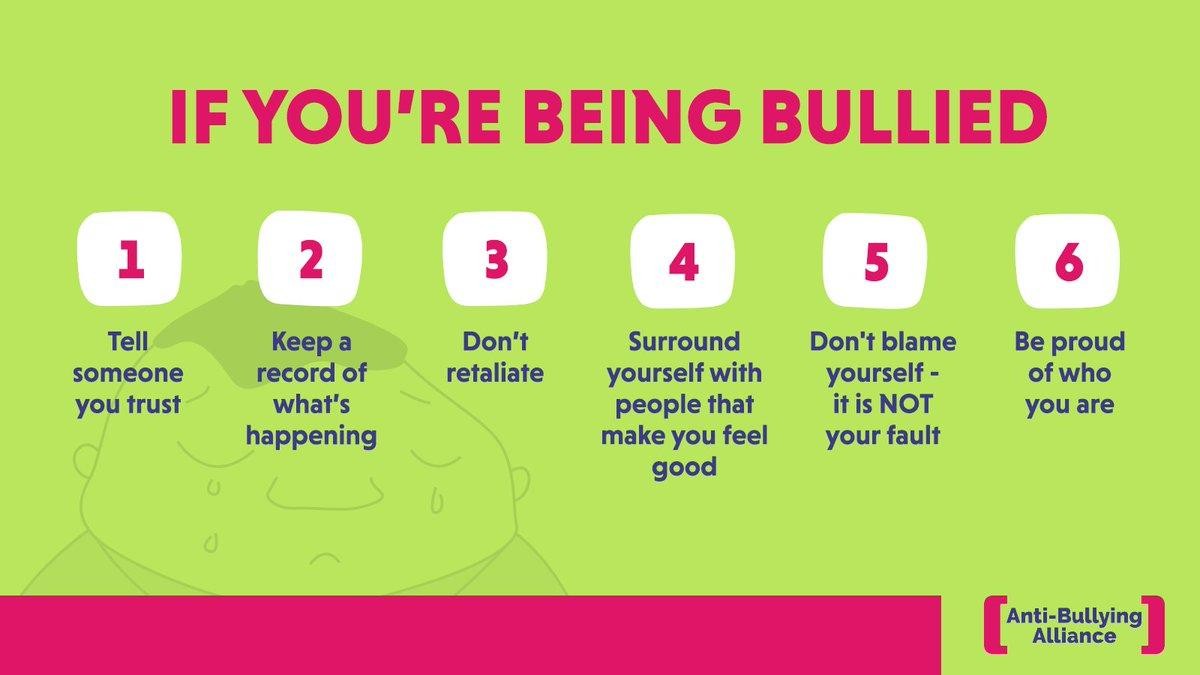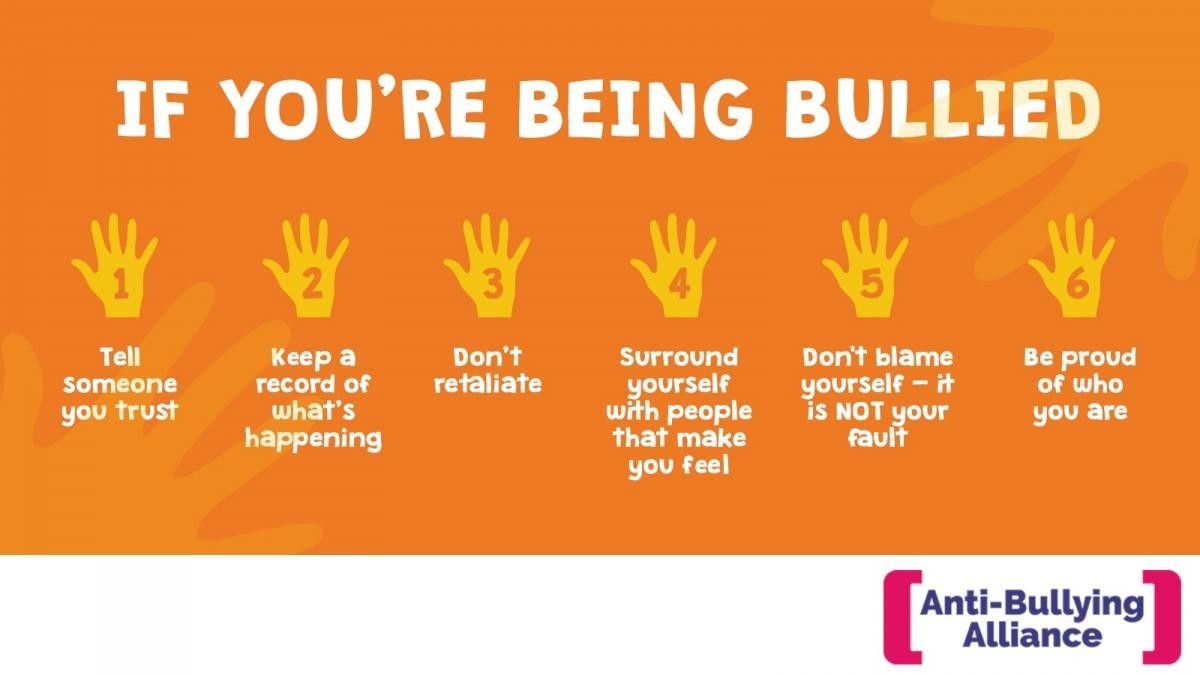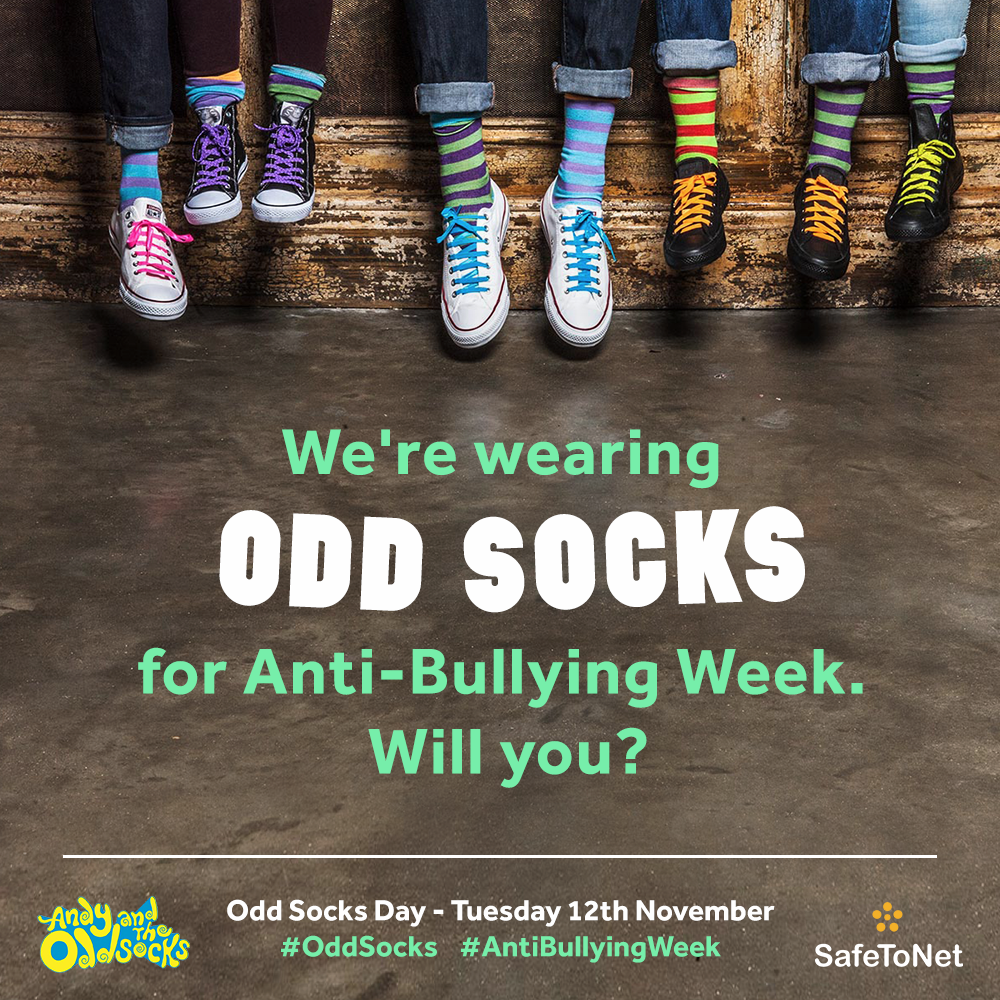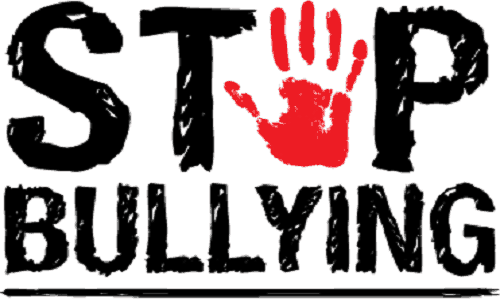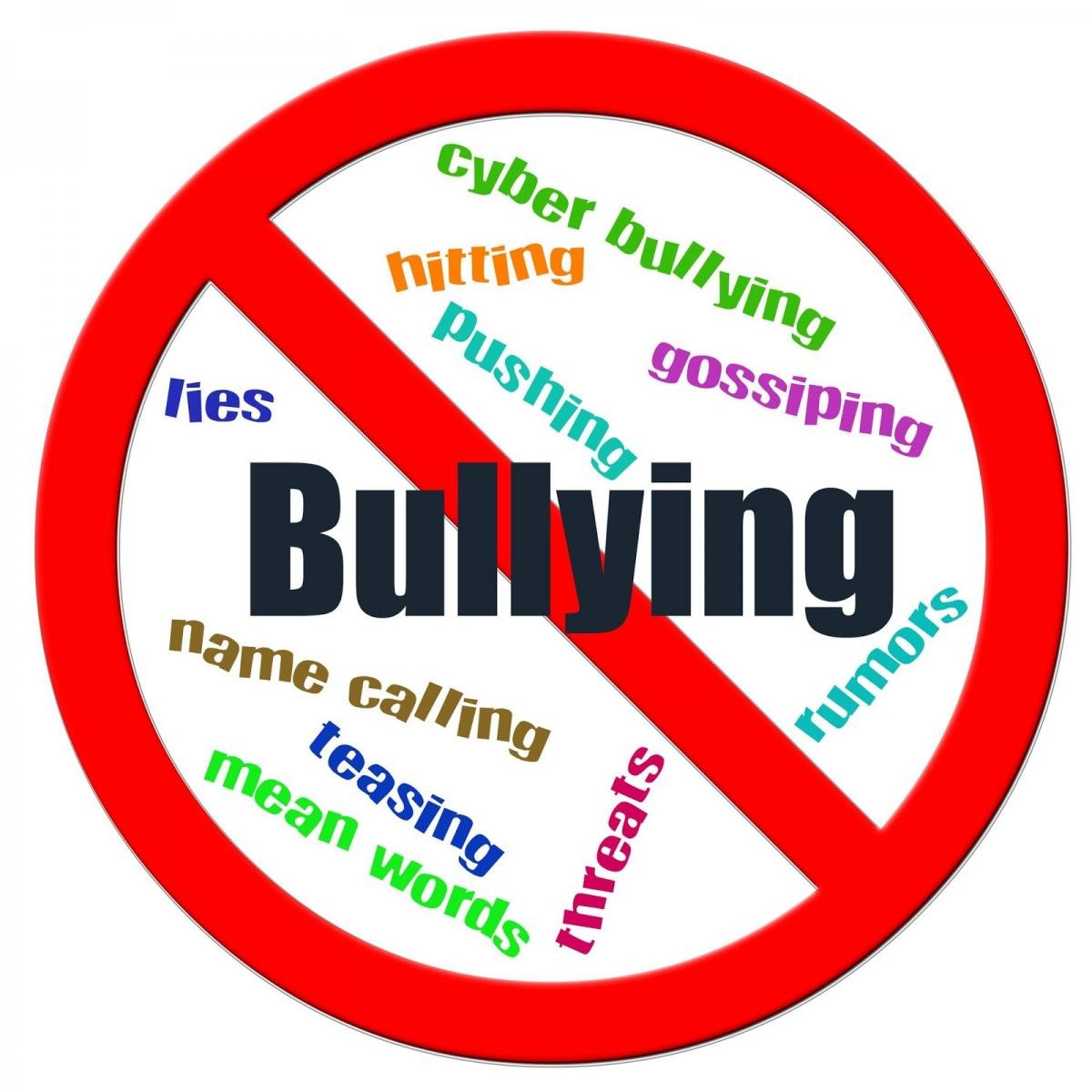What is bullying?
If somebody physically hurts you, or verbally abuses you, that’s bullying. The Anti Bullying Alliancedefines bullying as the repetitive, intentional hurting of one person or group by another person or group, where the relationship involves an imbalance of power. It can happen face to face or online.
Specific types of bullying can include:-
- Homophobic bullying based on your sexual orientation
- Racist bullying because of your skin colour
- Religious bullying because of your beliefs or faith.
- Sizeist bullying referring to your body size
- Sexist bullying focusing on you being of the opposite sex
- Cyberbullying targeting you online, often anonymously
- Bullying because you are different
- Bullying by exclusion from a peer group
The theme for this year's Anti-Bullying Week was to choose respect over bullying
Following a consultation with over 800 children, teachers and members of the Anti-Bullying Alliance, it emerged that a top priority was showing that bullying is a behaviour choice and that children and young people can set a positive example by opting to respect each other at school, in their homes and communities and online.The aims of this week were to support schools and other settings to help children and young people, school staff, parents and other professionals who work with children to understand:
-
The definition of respect - This links with our Hexham Way value
-
That bullying is a behaviour choice
-
That we can respectfully disagree with each other i.e., we don’t have to be best friends or always agree with each other but we do have to respect each other
-
That we all need to choose to respect each other both face to face and online.

